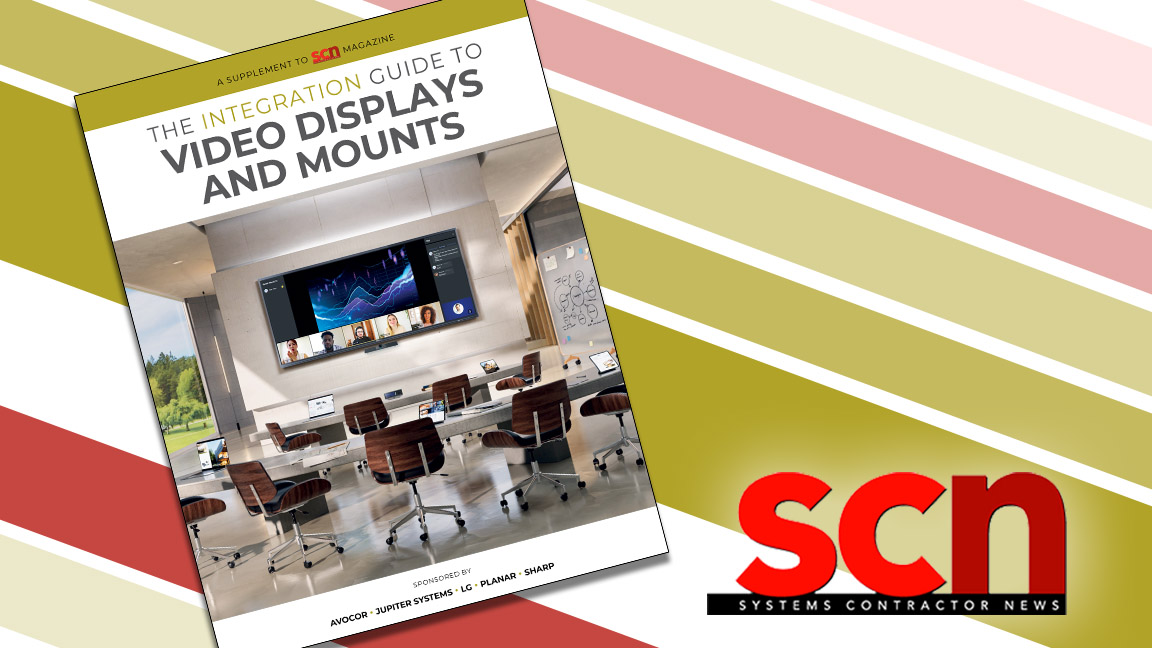Sennheiser on AV in the Post-COVID World
With cleanliness and social distancing top of mind for all organizations preparing to reopen, AV professionals are faced with a unique challenge. Meeting rooms and classrooms have always been high-touch, close-contact environments where equipment like microphones and headsets are innocuously passed from person to person. After COVID-19, such behavior is subject to much more scrutiny and care.
Not to worry: IT and AV professionals don’t need to add “equipment sterilizer” to their job descriptions as businesses and schools open back up. Thanks to recent innovations in touchless audio, the AV market is well positioned for this new normal. There are plenty of affordable products and even small software upgrades available that can make the transition back to classrooms and offices safe, effective, and seamless through great-sounding touchless audio solutions.
One innovation that will prove increasingly valuable is beamforming microphone technology. To maintain distance between class or meeting participants, these types of microphones automatically track whoever is speaking within a space to effectively capture the speech on a conference call. With this, there is no need to “pass the mic.” Audio is crystal clear for remote participants, and social distancing best practices can easily be met in person.
As COVID-19 fast-tracked the move to remote learning and working, it is more than likely that most organizations will choose to continue allowing participants to join meetings and classes from home. Accordingly, AV and IT professionals should make sure that their audio equipment is compatible across various videoconferencing platforms—whether that is Zoom, Microsoft Teams, or something else that is commonly used at their enterprise.
A recent report from LoopUp found that people spend 15 minutes on average per conference call troubleshooting audio challenges or dealing with distractions. To enable productive collaboration and great audio quality, it’s important to ensure interoperability in advance.
Another way to enable touchless audio is via mobile apps. AV and IT professionals should embrace the bring-your-own-device (BYOD) trend at school and work to allow collaboration over Wi-Fi. To minimize the sharing of devices and ease social distancing during lecture halls or seminars, schools in particular can enable high-quality audio streaming via secure apps on students’ smartphones.
For many AV installs, audio has often been an afterthought. As COVID-19 effectively turned how corporations work and how schools teach upside down, audio can no longer be a postscript. Now more than ever, good-quality audio can make or break the end user’s overall experience. It can be the difference between a student’s grade or a successful business proposal.
A daily selection of features, industry news, and analysis for AV/IT professionals. Sign up below.
As businesses and schools prepare to reopen, audio will be the primary interface for remote or socially distanced classes and meetings. With this, AV and IT pros must embrace new innovations and technologies to ensure their organizations can benefit from high-quality, touchless audio solutions.
David Missall is speaking at the 2020 AV/IT Summit on AV in a Post-COVID-19 World panel.

David Missall is a nearly 40-year veteran of the professional audio industry, and currently Insights Manager Consultants & Technical Application Engineer Manager with Sennheiser. David consults prominent news and sports broadcasters, theaters. live music stages, Integrators and Consultants, Corporations and Universities on multi-channel wireless installations, meeting space and classroom technology, and assistive listening solutions.
